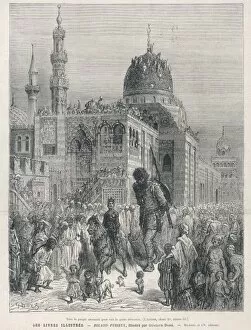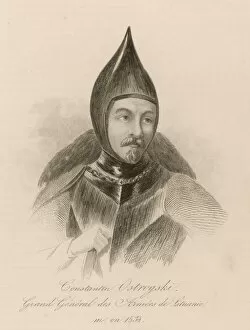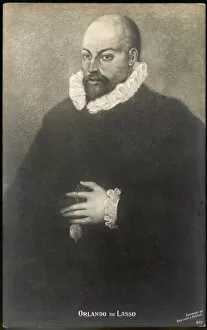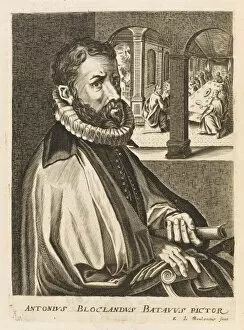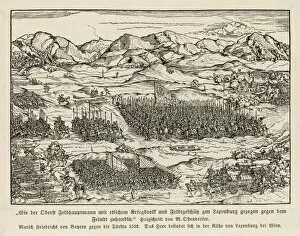1532 Collection (page 7)
In the year 1532, amidst a backdrop of political intrigue and cultural milestones, Thomas Cromwell, Earl of Essex, stood as a prominent figure
All Professionally Made to Order for Quick Shipping
In the year 1532, amidst a backdrop of political intrigue and cultural milestones, Thomas Cromwell, Earl of Essex, stood as a prominent figure. Painted by Holbein himself, Cromwell's portrait captured his commanding presence and influence in the court of King Henry VIII. Known for his intelligence and shrewdness, he played a pivotal role in shaping England's history. During this time, literary works like Rabelais' "Pantagruel" and satires by Juvenal were gaining popularity among intellectuals. St. Machars Cathedral stood tall as a testament to architectural brilliance while "Songes De Pantagruel" enchanted readers with its whimsical tales. Across the Atlantic Ocean in Peru, Francisco Pizarro met Inca Atahualpa in an encounter that would forever change the course of South American history. This meeting marked the clash between two civilizations and set off a chain reaction that shaped future conquests. Meanwhile, King Henry VIII gifted Anne Boleyn with an exquisite clock—a symbol of their passionate yet tumultuous relationship. The love story intertwined with politics would eventually lead to significant shifts within English society. Dorothy Wadham emerged as another notable figure during this era—an influential philanthropist who left behind a lasting legacy through her charitable endeavors. Amy Robsart Dudley also made her mark as Robert Earl's wife before her untimely death in 1560. Hans Holbein the Younger showcased his artistic prowess through masterful portraits such as "Portrait of the Mer, " capturing not only physical likeness but also inner essence on canvas. Artistic expression extended beyond paintings; polychrome sculpture like the "Sacrifice of Isaac" depicted biblical narratives with vivid colors and intricate details that evoked deep emotions from viewers. Within this rich tapestry of events was St. John of Patmos' depiction from Francois I's Book of Hours—a testament to the enduring power of religious devotion and artistic craftsmanship.


